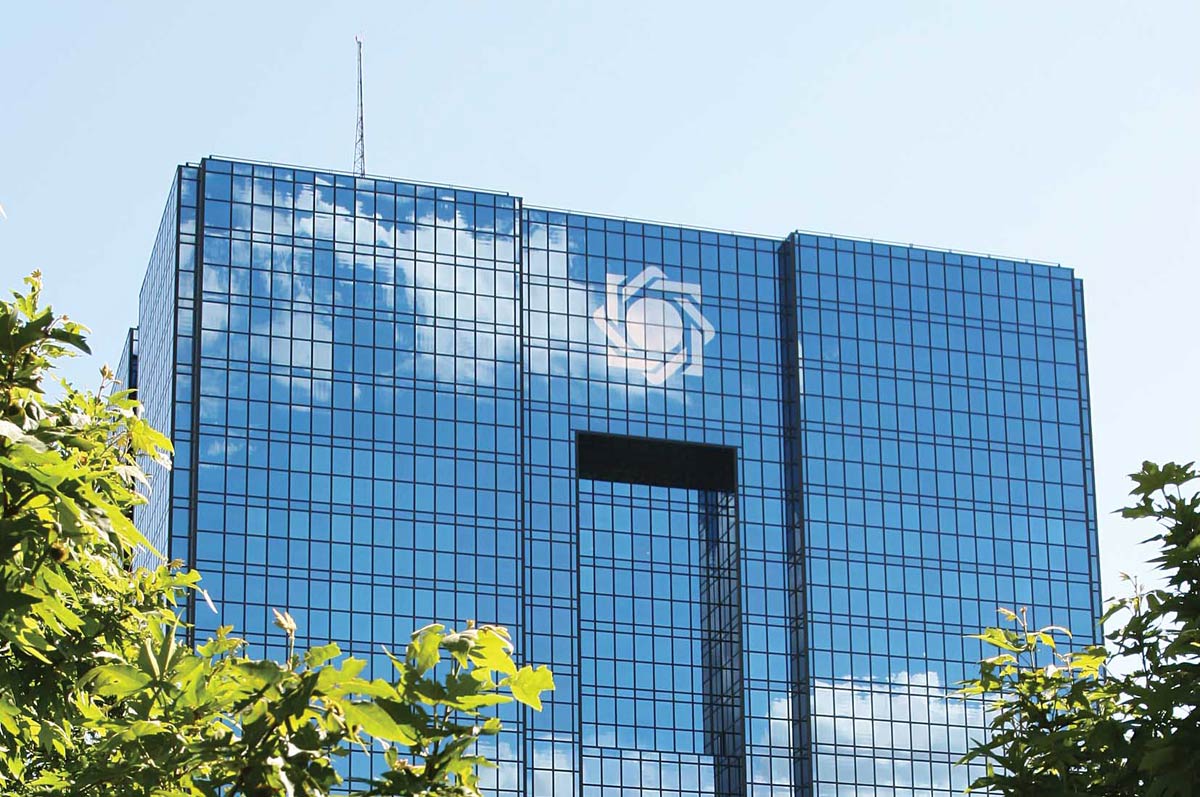The current crew at the helm of the Central Bank of Iran inherited runaway inflation, a multiple foreign exchange regime and a solvency crisis in the banking system.
Three years on, multiple exchange rates persist, though its days are numbered.
CBI Governor Valiollah Seif said the forex regime would be unified within six months of the lifting of sanctions. That leaves him with less than just a month to see his promise through.
The crisis in banking, which has brought lending to a halt, is being dealt with slowly, but that is a subject for another time.
Inflation, however, has been the main target of central bank efforts. Aided by a slump in global commodity prices and low consumer confidence, the bank has managed to rein in inflation. Inflationary pressures on the economy continued to abate under the less accommodative monetary policy stance, with the Consumer Price Index falling to 12.6% per annum in January 2016, from a peak of 45.1% in October 2012, according to the World Bank.
Inflation rate in Iran averaged 14.05% from 1957 until 2016.
The heart of the bank’s strategy is to shift the makeup of money supply—the total currency in circulation in an economy.
Economists divide money supply into various categories for their convenience, depending on country. One broad division is between narrow money, which normally include coins and notes in circulation and other money equivalents that are easily convertible into cash; and broad money that adds longer-term time deposits and money market funds with more than 24-hour maturity to narrow money.
“Money supply’s growth is natural, the central bank has tried to limit its inflationary effects as much as possible,” said Peyman Qorbani, deputy central bank governor for economic affairs, who explained the bank’s strategy to our sister publication Tejarat-e Farda weekly.
Narrow money hits inflation’s buttons faster and harder, while the effects of money with longer maturities take longer, usually years, to materialize and affect the economy. The bank has pursued a policy of decreasing narrow money’s share of total money supply, by slowing the growth of cash and encouraging lending.
Latest stats show Iran’s money supply hit 9,760 trillion rials ($283.7 billion at market exchange rate) on Feb. 18, 2016, up 28.7% from Feb. 2015. Part of that rise, 1,100 trillion rials ($31.9 billion), comes from better calculations—the bank has widened its coverage of money markets by adding data from unauthorized credit institutions, which previously kept their books from the bank.
Regardless, due to the bank’s policies, narrow money only grew 17.1% to 1,468 trillion rials ($42.6 billion) during the same period. The rest of the growth came from money created and lent by commercial banks.
Though a 28.7% expansion is not at all slow, bear in mind that the previous government, whose policies caused the current economic crisis, had money supply surge 104.3% during the first 29 months of its office term.
According to Qorbani, the CBI’s strategy has been about containing the inflationary effects of money supply, while letting it grow to help industrial output.
However, some economists warn that even this strategy will create dangerous long-term inflationary pressures. These the bank hopes to control, as the economy improves.
Curbing inflation further needs a different approach. As the CBI governor has said, Iran has now reached structural levels of inflation, meaning that curbing it requires changes in the government’s fiscal, monetary and exchange rate policies.



